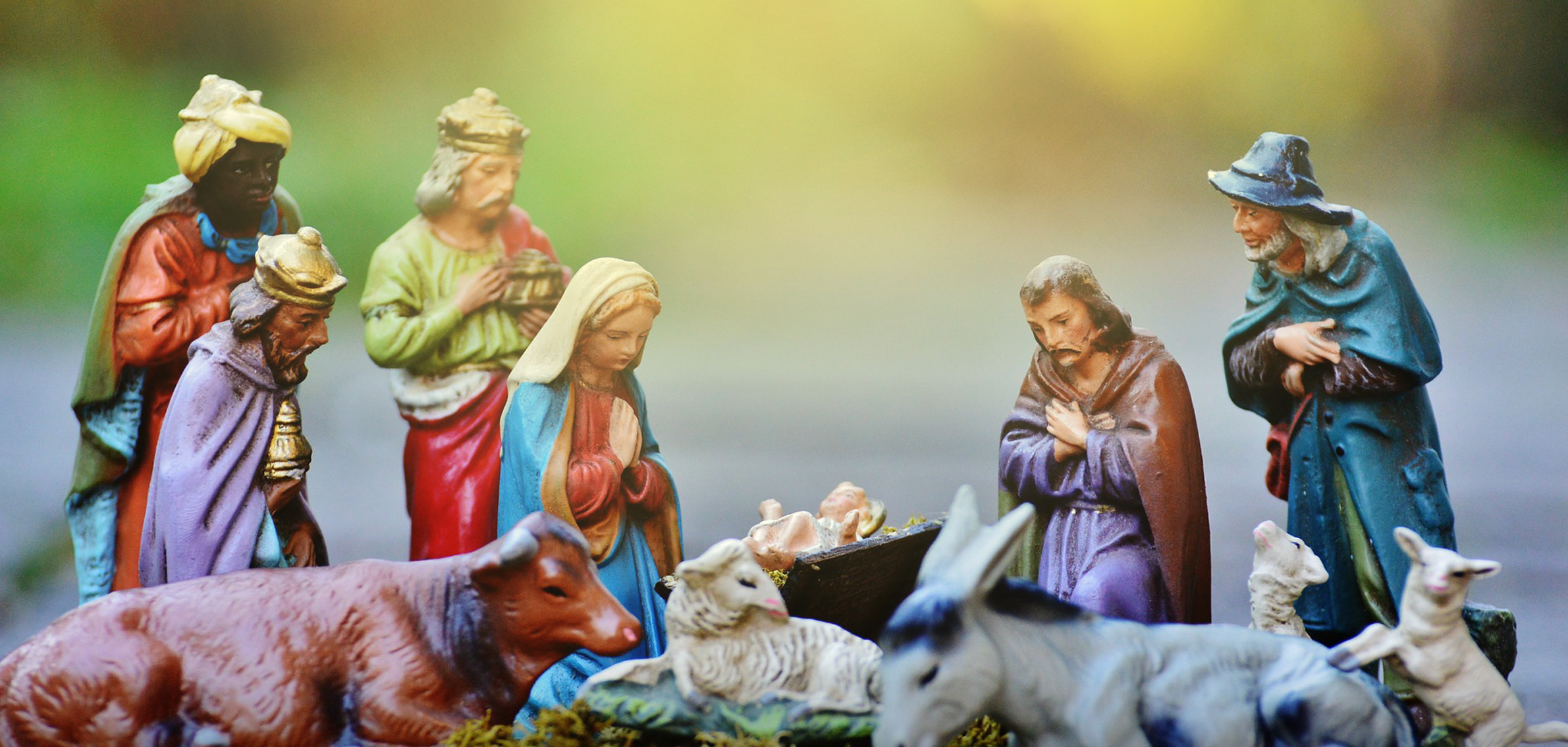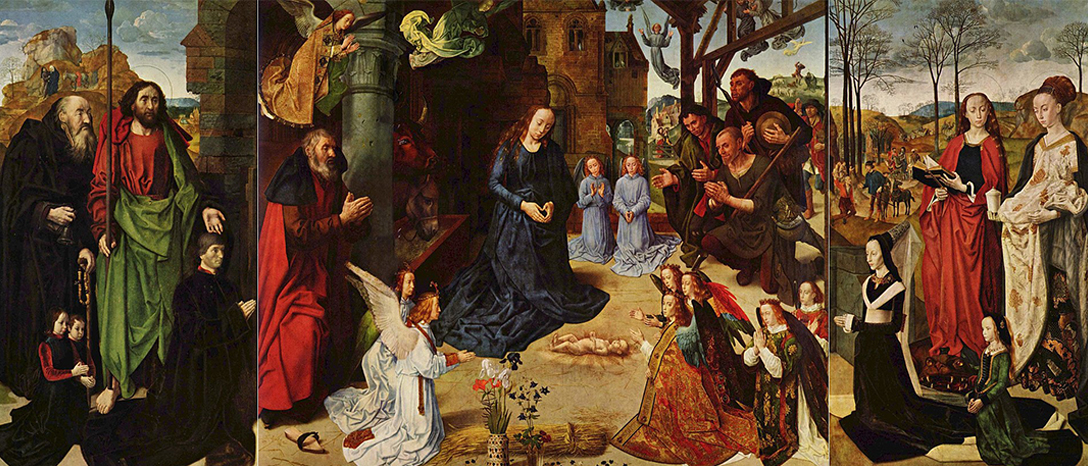
The Italian tradition of the Nativity scene
A Christmas tradition that has Italian roots is that of the Nativity scene, "Presepe" in Italian, a display of objects and figures representing the birth of Jesus. The term “presepe” derives from the Latin “praesaepe”, meaning manger, trough, or an enclosed area for sheep and goats.
The
baby Jesus, Mary and Joseph are the
main characters in this kind of display recounting the nativity story, but
there can be many others: shepherds, sheep, and angels are usually displayed
near the manger in a stable or cave, as well as a donkey and an ox that are typically represented in the scene
behind the crib of the baby Jesus; in addition to these the Magi and their camels are also included in the scene.
Origins of the Nativity
scene
The first Nativity scene is the one created by Saint Francis of Assisi in 1223, and it is described by Saint Bonaventure in his “Life of Saint Francis of Assisi” written around 1260. Staged in a cave near Greccio, it was a live Nativity scene, with humans and animals playing their role in the reenactment of the biblical story.
That of Saint Francis was an attempt to place the emphasis of Christmas upon the worship of Christ. The saint had been inspired by his visit to the Holy Land, where he'd been shown Jesus's traditional birthplace. The display became very popular and inspired communities throughout Catholic countries to do the same.
Within
a hundred years every church in Italy was expected to have a nativity scene at
Christmastime, and every country has its own distinctive tradition for Nativity
scenes, that are displayed in churches, homes, city squares, and other venues
during Christmas season.
Eventually, human and animal
participants were replaced by statues, of various sizes and made of a variety
of materials, such as terracotta, paper, wood, wax, and ivory.
Nativity in Art
The theme of the Nativity in art was always very popular, it is actually one of
the most represented in Italian art history. The first testimony of such a
representation dates back to the III century, but it is in the XV century that the iconography of the nativity scene really
started to develop.
In Florence there are many examples
of this in paintings by great artists such as Sandro Botticelli, Filippino Lippi, Gentile da Fabriano and Leonardo Da
Vinci with their own version of the Adoration
of the Magi or the Flemish Hugo Van
Der Goes with the Portinari Triptych,
all of which are on display at the Uffizi
Gallery.
In
recent years in Florence it has become use to set up a presepe near the Duomo
in Piazza San Giovanni. The nativity scene is composed of life-size statues
made in terracotta by an artisan of Impruneta, a village in the surroundings of
Florence famous for the production of terracotta items.

Hugo Van Der Goes, Portinary Triptic, Uffizi Gallery



